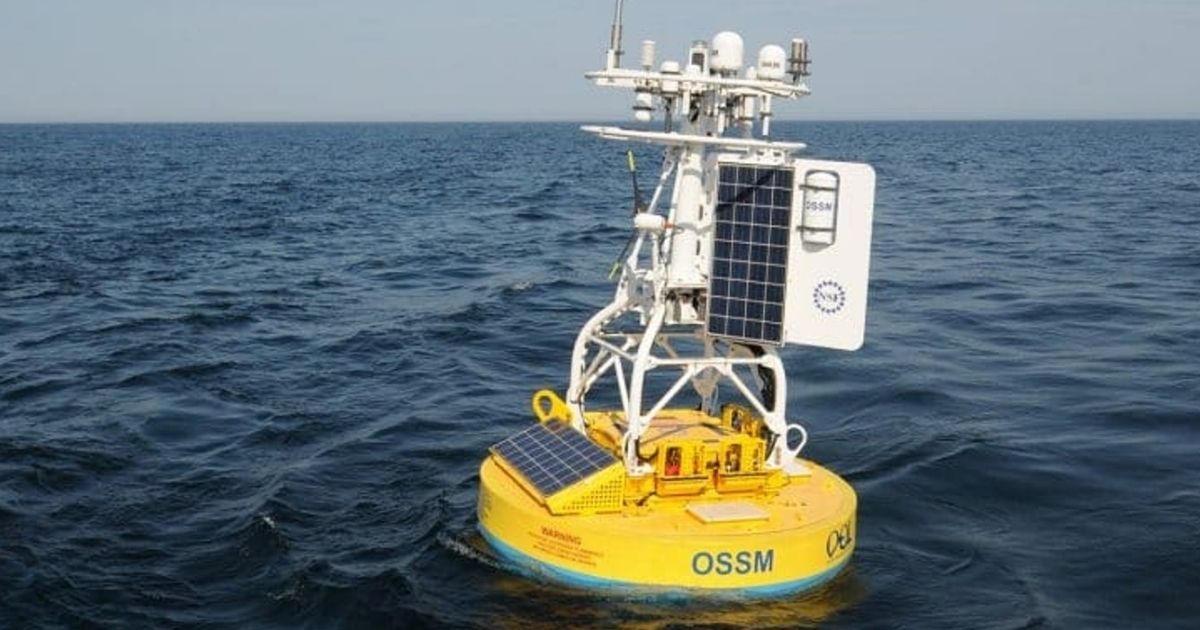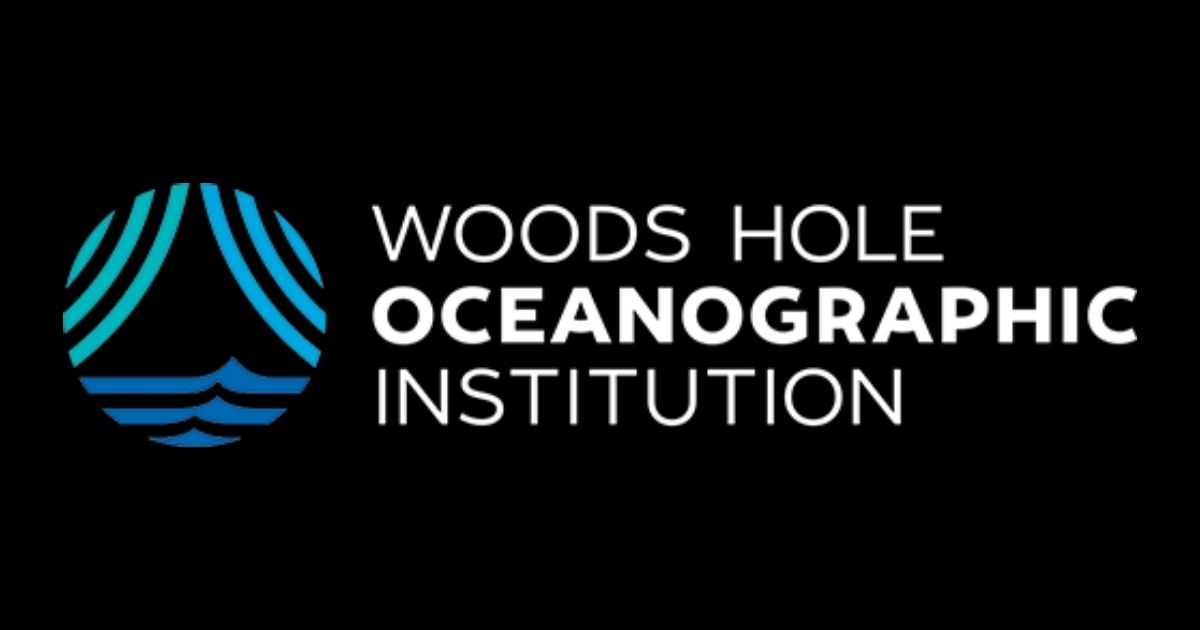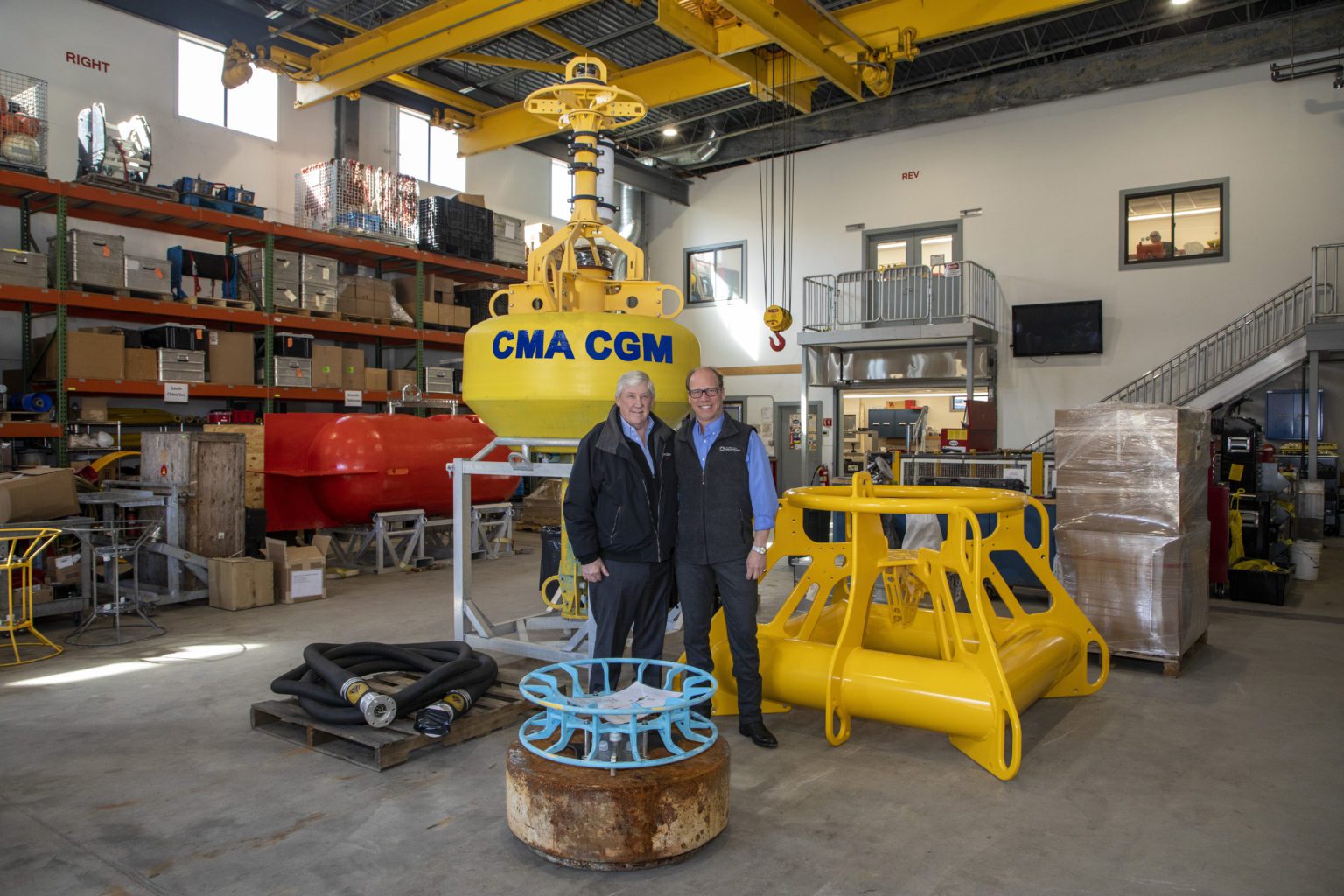CMA CGM Partners with WHOI to Increase Protection of the North Atlantic Right Whale

The CMA CGM Group, a world leader in shipping and logistics, has announced its partnership with Woods Hole Oceanographic Institution (WHOI) to increase right whale detection efforts along the U.S. East Coast.
 With funding from CMA CGM, WHOI researchers will assemble and deploy two, near real-time passive acoustic monitoring buoys off the coast of Norfolk, Va., and Savannah, Ga., this year.
With funding from CMA CGM, WHOI researchers will assemble and deploy two, near real-time passive acoustic monitoring buoys off the coast of Norfolk, Va., and Savannah, Ga., this year.
 CMA CGM and WHOI collaborate to aid in the survival of the North Atlantic right whale, one of America’s most critically endangered species
CMA CGM and WHOI collaborate to aid in the survival of the North Atlantic right whale, one of America’s most critically endangered species
Although North Atlantic right whales are protected under the Endangered Species Act and the Marine Mammal Protection Act, serious threats to their survival abound, and only approximately 336 of these great whales remain. The installment of the buoys aims to aid in the endangered species’ survival. Locations off the coast of Norfolk and Savannah were chosen for the new systems because the ports are among the busiest in the United States, which often puts ships directly in the path of migrating whales. The new buoys will fill a critical gap in monitoring along the East Coast.
CMA CGM and WHOI will lead the development of an industry consortium focused on reducing risks to right whales from vessels
In addition to construction and deployment of the new buoys to alert mariners of the presence of whales near critical U.S. ports, CMA CGM and WHOI will lead the development of an industry consortium focused on reducing risks to right whales from vessels and supporting the continued operation of the WHOI-developed digital acoustic monitoring (DMON) buoys. This unique collaboration started in the United States thus aims to have a global impact by significantly improving marine mammal protection worldwide.
The CMA CGM Group continues its initiatives to protect the environment and preserve biodiversity in the United States and worldwide
This collaboration reaffirms CMA CGM’s commitment to preserve marine biodiversity in the United States and worldwide. On the East Coast of the United States and Canada, CMA CGM requires its vessels to reduce their speed to a maximum of 10 knots in certain areas recognized as breeding grounds for marine cetaceans. On the West Coast, CMA CGM has voluntarily committed to the “Green Flag” speed-reduction program that was introduced in the sanctuary near the Santa Barbara Islands. Wherever possible, the Group strives to lower its speeds and thus limit the risk of collision in these cetacean-protection sanctuaries.
In addition to speed-reduction programs, the CMA CGM Group is participating in a variety of projects designed to revolutionize marine mammal protection through the development of innovative technology. Examples include:
- RECEPT, a collaborative system based on the density of the mesh created by navigation that allows merchant ships to receive and transmit alerts on whale positions in real time.
- SEA DETECT, a European project that tests innovative solutions for detecting cetaceans and floating objects at sea.
- CMA CGM has also joined the LIFE-PIAQUO consortium, whose objective is to develop and test various equipment to reduce the noise of maritime traffic and its impact on aquatic biodiversity.
- The CMA CGM Group recently announced it would no longer carry plastic waste on board any of its ships worldwide. Through this new partnership with WHOI, the CMA CGM Group continues stepping up its efforts to make conserving biodiversity one of the priorities of its CSR policy and to develop trade that is more responsible and fairer for everyone and for the planet.
 Ed Aldridge, President of CMA CGM America and American President Lines, said, “At CMA CGM, we are dedicated to being stewards of the sea and finding BETTER WAYS to do business. The overall mission of this project is to advance research-driven, technological solutions for the shipping industry to responsibly share the ocean with marine mammals and protect endangered species. As the nation’s top ocean freight carrier, we’re honored to help put these protections in place and to lead the industry in a quest to prevent the extinction of the North Atlantic right whale, which is one of America’s most critically endangered species.”
Ed Aldridge, President of CMA CGM America and American President Lines, said, “At CMA CGM, we are dedicated to being stewards of the sea and finding BETTER WAYS to do business. The overall mission of this project is to advance research-driven, technological solutions for the shipping industry to responsibly share the ocean with marine mammals and protect endangered species. As the nation’s top ocean freight carrier, we’re honored to help put these protections in place and to lead the industry in a quest to prevent the extinction of the North Atlantic right whale, which is one of America’s most critically endangered species.”
Mark Baumgartner, project principal investigator and WHOI marine ecologist, said, “Adding these locations to our network of acoustic buoys is pivotal to providing more complete monitoring of the east coast of the United States. Vessel strikes are a major threat to large whales, so bringing awareness of the whales’ presence and increasing protection for them, particularly for the North Atlantic right whale, is incredibly important.”

